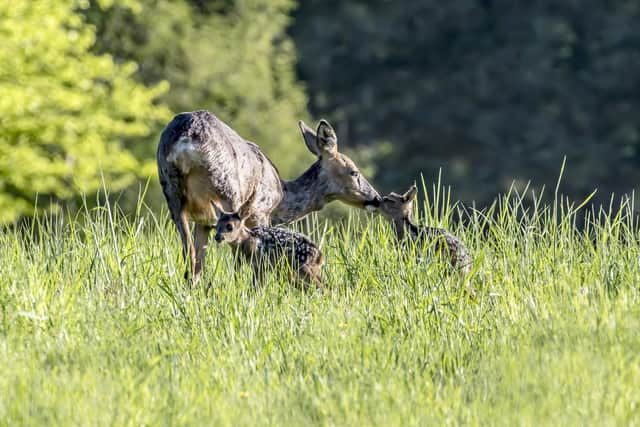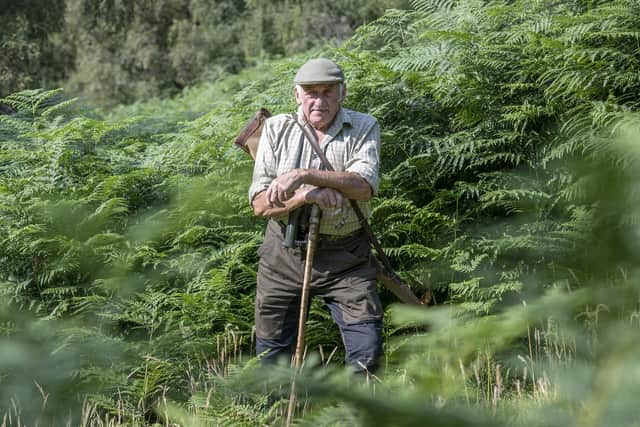Young deer 'could starve' if mothers shot in controversial cull
Forestry and Land Scotland (FLS) carries out a licensed September cull of females as part of its management of the deer population to protect Scotland’s national forests. It also prevents adults succumbing to starvation during the winter.
However, Peter Fraser, vice chairman of the Scottish Gamekeepers Association, claims the authority would not need to cull females out of season in September if it had managed woodland deer properly.
Advertisement
Hide AdAdvertisement
Hide AdThe cull, authorised by NatureScot, is being carried out across public forests weeks before the official start of the season on October 21.


At this time, young red or roe deer, aged between six and 12 weeks old, are reliant upon their mothers’ milk.
Contractors are tasked to kill the youngsters before the mothers but some lie undetected in thick vegetation and are left to starve.
Mr Fraser said: “I have been managing deer a long time and youngsters will be left, no question.
“In forestry, even in a clearing, you will get one shot and the mother will be off into cover.


“You might shoot a baby but then lose the mother and a twin so matching mothers and youngsters in family groups then becomes difficult thereafter.
“In areas like the west, deer managers will be encountering bracken 6ft or 7ft high regularly. It is very difficult to get deer out of cover like that.
“I don’t see the point of this cull when they could wait a few weeks more and get the job done more effectively, without the animal welfare implications.”
Advertisement
Hide AdAdvertisement
Hide AdA NatureScot spokeswoman said: “Deer welfare is key and NatureScot takes into account the period of greatest welfare risk based on the dependency of young, which in Scotland is the period between April 1 to August 31.
“This period is based on commissioned research into birthing and weaning dates of all species Scotland wide. During this period strict controls are in place when female deer can only be culled under a specific authorisation from NatureScot. These are only granted in exceptional circumstances.”
FLS was asked for comment.
Comments
Want to join the conversation? Please or to comment on this article.